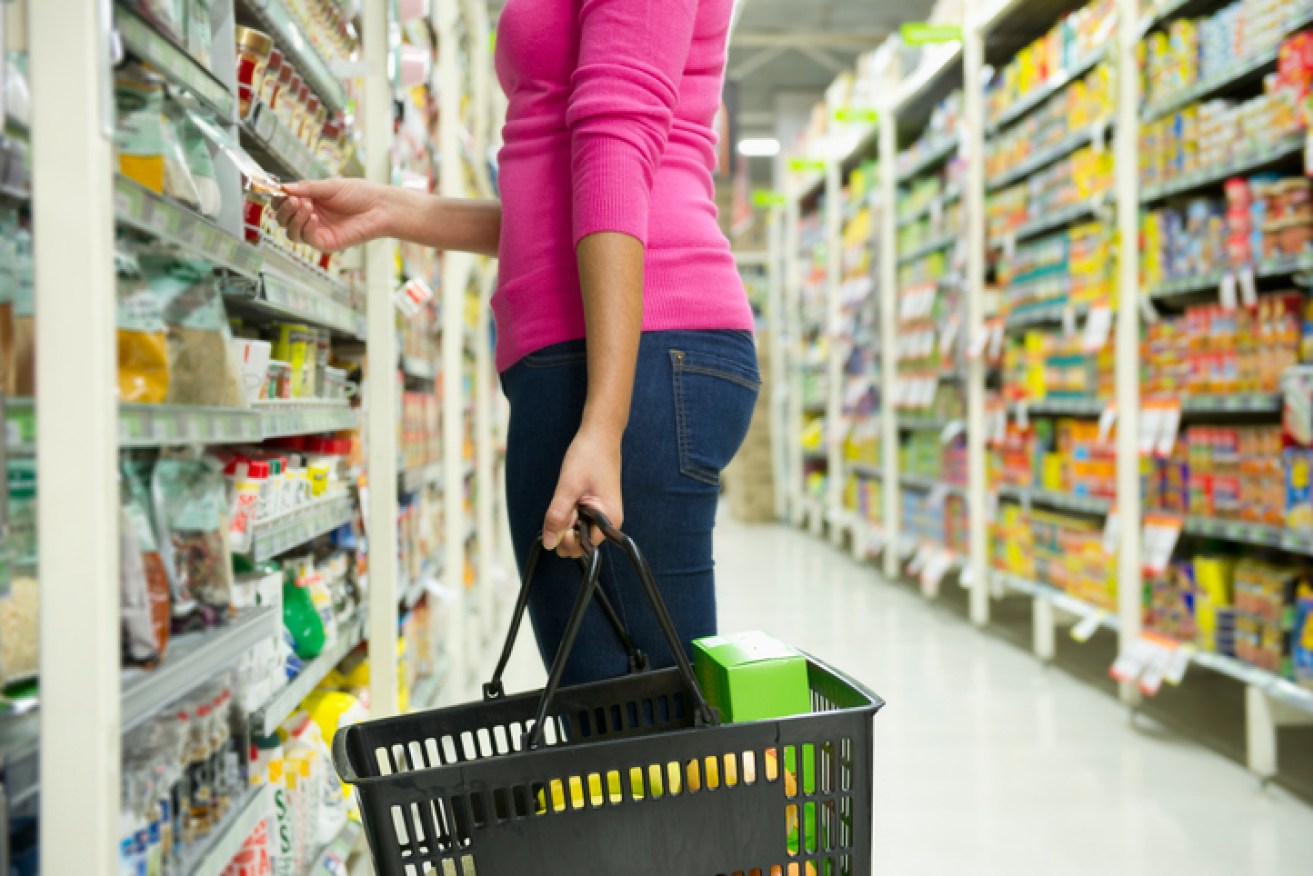Unidentified sugar hit lurking in 70 per cent of packaged foods


Research has sparked a renewed push to separate added and total sugar on food labels. Photo: Getty
Australians are getting an unexpected sugar hit on every supermarket shop with new research showing seven out of 10 packaged foods contain added sugar that is not clearly identified on labels.
Muesli bars, jam, rice pudding, chutney, sauces and spreads are among the most likely to deceive consumers because they contain much added sugar but still receive a healthy rating under the current label system.
The findings have sparked a renewed push for added sugar to be declared on packaging. Under the current Health-Star Rating (HSR) system only total sugar needs to be reported.
Professor Bruce Neal from the George Institute for Global Health Rating at the University of New South Wales compared more than 34,000 discretionary and core packaged foods. Core foods refer to those necessary for a healthy diet, while discretionary foods are energy-dense and nutrient-poor.
The researchers found 87 per cent of discretionary foods had added sugar, compared to 52 per cent of core foods.
Cakes, pies, ice cream, pastries, processed meats, potato chips and soft drinks contained on average almost four times more added sugar than core foods like cheese, milk, bread, yoghurts or plain cereals like oats.
Professor Neal said the HSR system could be misguiding.
“Good sugars are an integral part of a healthy diet and we need to be able to separate sugars naturally present in dairy, fruits and vegetables from sugars added during manufacturing,” Professor Neal said.
“Added sugars are empty calories and a major contributing factor to the obesity epidemic and tooth decay. Australians would be much better off if they could quickly and easily see how much sugar has been added.”
https://twitter.com/healthstarsau/status/885695441756721152
Co-author Dr Sanne Peters said declaring added sugar rather than total sugar would be more informative.
“One of the key criticisms of the HSR has been that it doesn’t always align with Australian Dietary Guidelines. Using added sugars instead of total sugars means it does a much better job of this,” Dr Peters said.
“The World Health Organisation and dietary guidelines around the world focus on the problems of added sugars so it’s not at all surprising that using added sugars in the algorithm does a better job.”
The research will be submitted to the government’s review of the HSR system.
Earlier this year, consumer group Choice said Australians could avoid 26 teaspoons of sugar a day or up to 38.3 kilograms a year if they could identify added sugar on food labels.
Soft drinks, energy drinks, as well as fruit and vegetable juices make up 32 per cent of the added sugars in our diets.
There are at least 42 different names on food labels for added sugar, including sucrose, muscovado and turbinado, the George Institute for Global Health Rating said.








